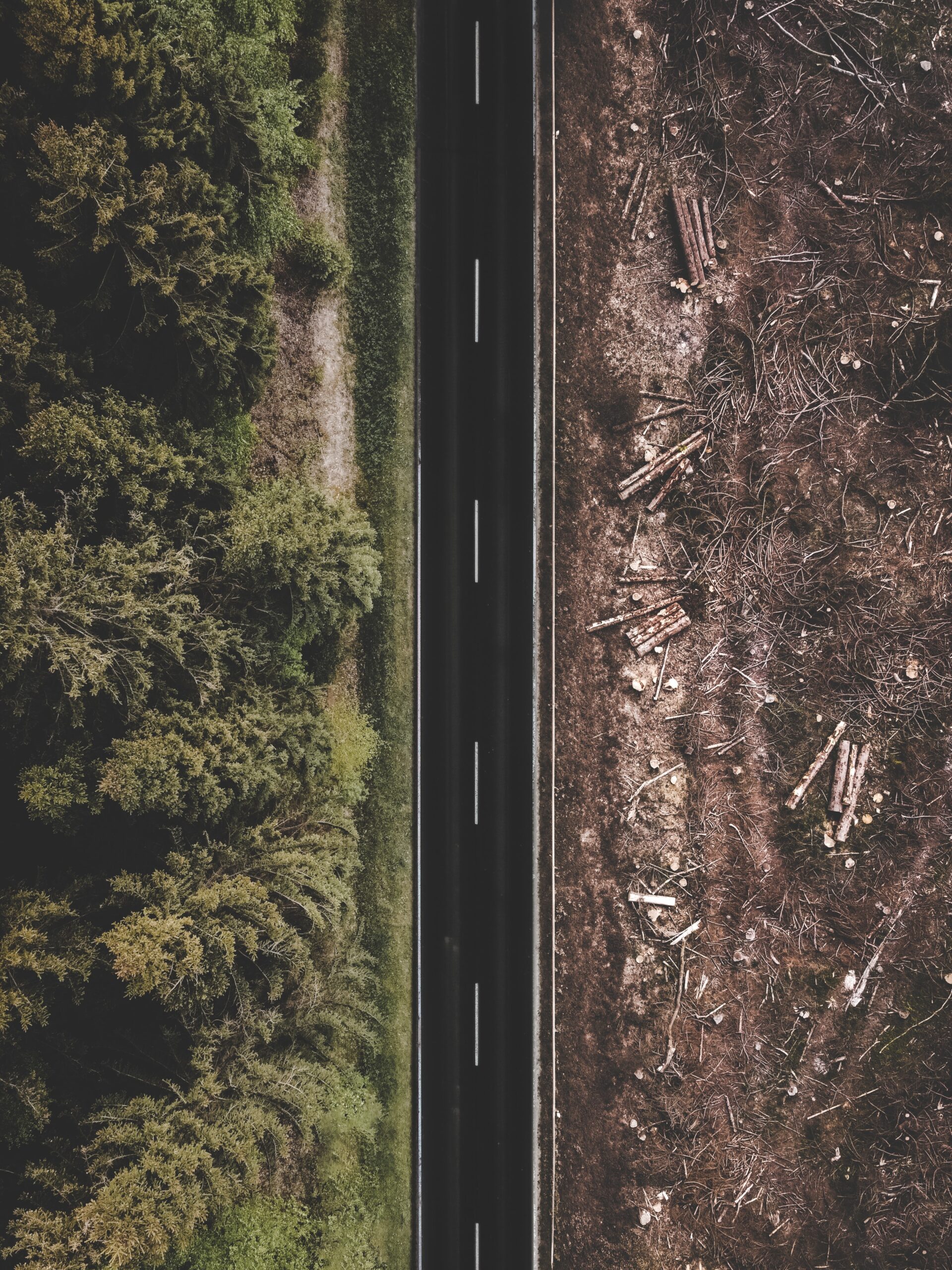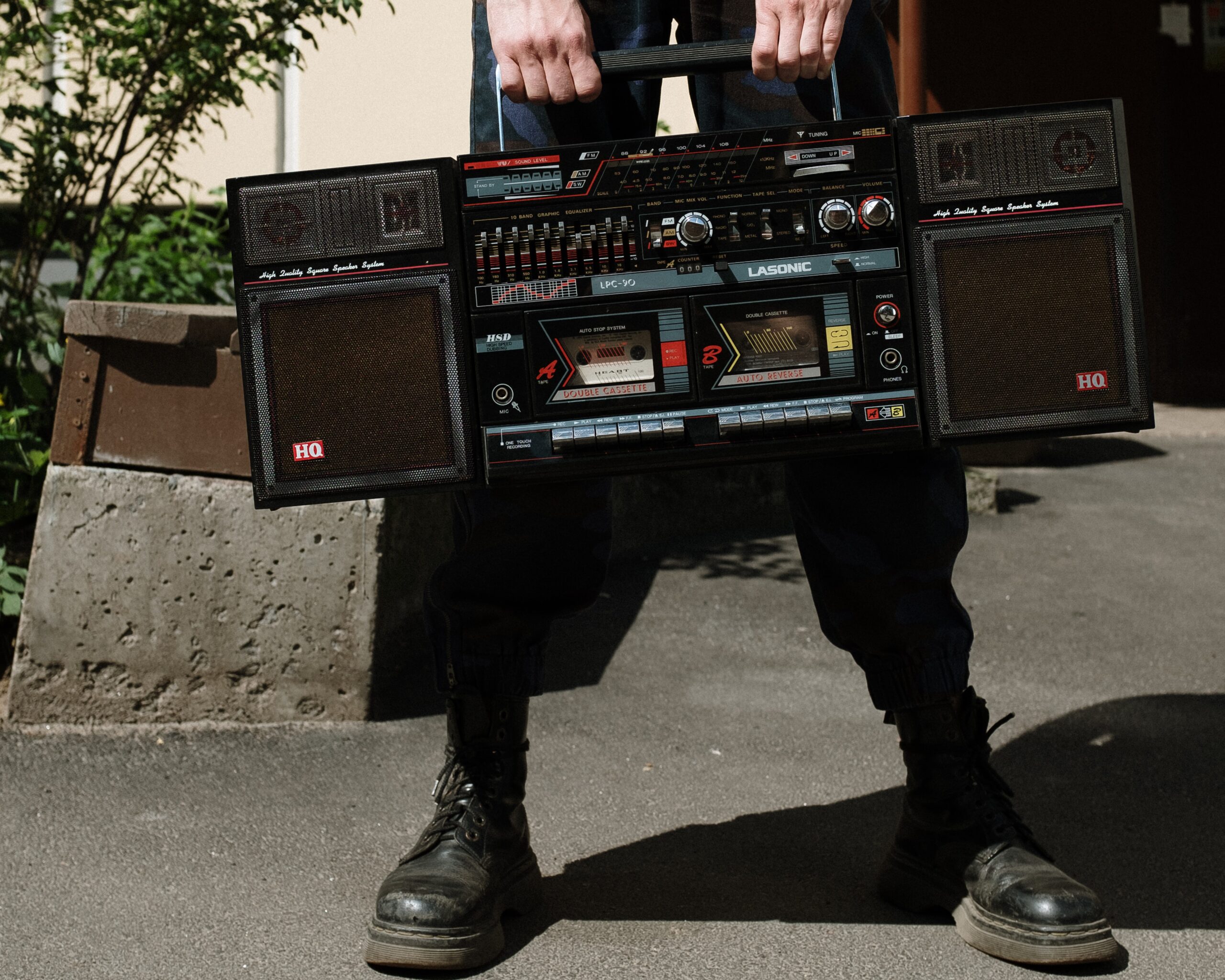LET’S CREATE A CIRCULAR ECONOMY
Date
- Published December 1st, 2022
'The end of consumerism and accumulation is the beginning of the joy of living '
Vandana Shiva

Circular economy is gradually becoming one of the most used terms in relation to industrialization and production today. It seems as though the introduction of the concept was the wake up call for many industries that have operated and trusted the linear economy mode, which under the economic climate today, is failing on its head. A term that was almost none existent a few years ago and hardly recognized has become the center of interest particularly for product manufacturing industries.
The fashion industry is not left out of the new circular movement. The goal is to provide beautiful and versatile apparels while contributing towards the growth and sustainability of the environment and ecosystem in general. Many companies are signing up to be a part of this movement that will help in saving the only place we have to call home.
Factors influencing the Circular Fashion Economy
1.Technology
Technological advancement is an important part of mankind that has come to stay and is influencing every aspect of human life. New technologies are transforming fashion models from linear to circular fashion consumption models.
Now, more than ever, customers are demanding more customized solutions like the shift from store or online sold clothing to models such as fashion as a service (FaaS), where users pay only for the use of clothing items for a selected time. That way, clothes can be shared, rather than stored in a drawer as it is in a linear economy.
Furthermore, the integration of wearable technology to fashion is giving users the ability to interact and influence their environment. Some include solutions that suggest ethical alternatives for stores, and other wearable tech on clothes being tested by customers can let them browse styling options, call a staff, or even order more clothes all from the fitting room.
2. Consumer Mindset
Circular fashion is a relatively new system, and it faces challenges in the way of its establishment. One major factor that affects circularity is consumer behavior. The practices of recycling, upcycling, thrifting, renting, and cradle to cradle systems depend on the attitude of consumers. People who find climate change a concern will be more likely to adopt circular fashion shopping and reuse practices to reduce their carbon footprint.
How customers also perceive buying used clothes and accessories is just beginning to change. The idea of sustainable fashion was once seen as something for the poor, but increasing numbers of thrift retailers selling second-hand clothes in the US and Europe is pointing a change in consumer attitudes. This is largely in part to eco-friendly initiatives that build awareness.
3. Innovations
The establishment of circular fashion depends on progressive ideas that encourage redirect raw materials into renewable waste reducing production of new ones, keeping the products in circulation long enough and ethically disposal once their life cycle is completed. Many companies are introducing innovative ways of selling used clothes, either through rental or short term subscription.
Evrnu, a textile innovations company launched in 2015, is pioneering a cotton waste regenerative technology that involves the breaking down of waste into liquid and re-manufacturing as higher-performing fibers. Some companies operate a cradle to cradle model where customers are offered credit for sending back their worn-out items to be recycled.
Positive Impact of Circular Fashion Economy
Protecting the Planet
More than just a visibly clean environment and fashionable apparel, circular economy protects the entire planet. The concept of reuse and recycle limits the waste that will go back into the surrounding, thus helping to preserve nature.
Economic Growth
The obvious implication of this new practice is the general growth of the world economy. With the adaptation of the circular economy into an industry as large as the fashion industry, it is only normal for the positive results to reflect in the general economy. One of the ways through which the economy is positively affected is that funds that would have been used for environmental restructuring are diverted to other important things.
Conclusion
As the global population continues to rise now and into the future, the demand on nature will reach troubling levels if it hasn’t already. Circular fashion seeks to limit this pressure on nature through the manufacture of clothes from safe and renewable materials and keeping them in use longer. The ultimate goal is to have every material used and reused safely, while protecting our ecosystem and providing people with dignified work. While clothes help you express your personality, you must be mindful of where they come from, how many you need, and where they go when you no longer need them.



